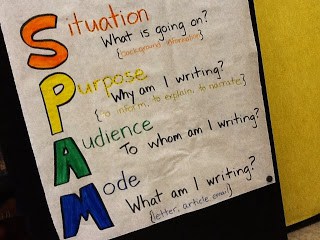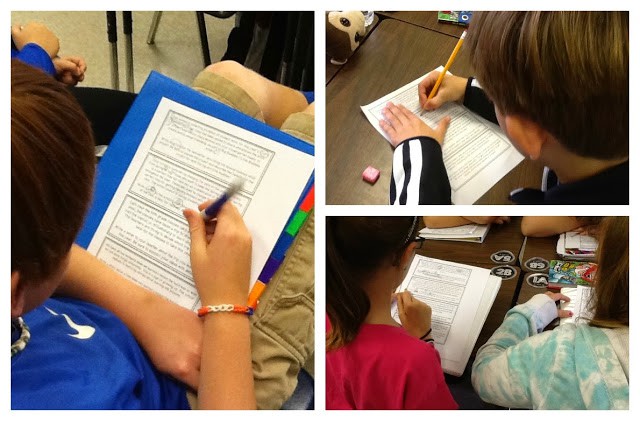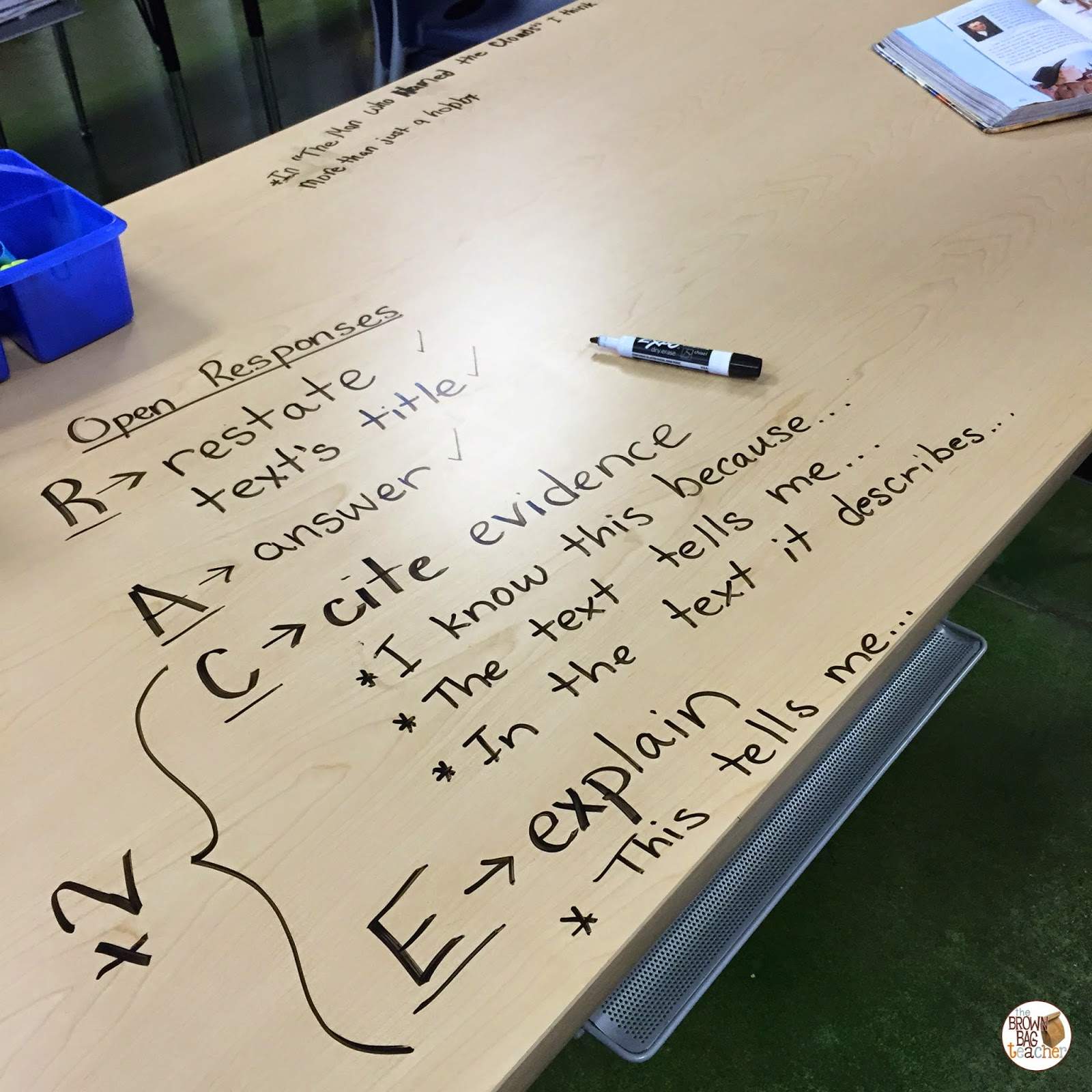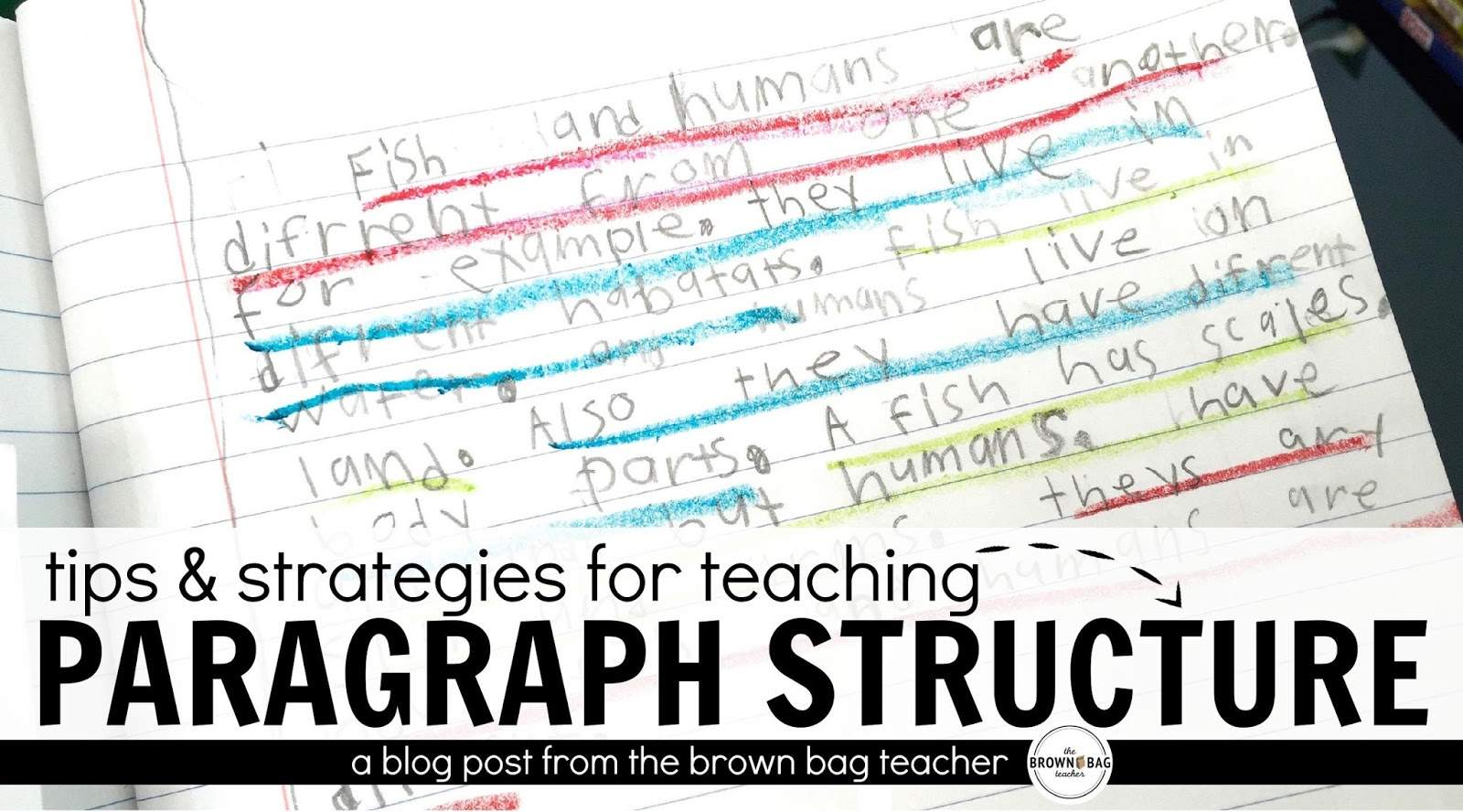In 5th grade, we SPAM…on the daily. As a writing team, we only teach On Demand. In our district, 5th graders do not write ‘pieces’ (memoirs, personal narratives, poems, etc); rather, we focus on On-Demand writing or ‘real-world’ opportunities
to write. We teach under the idea that by the end of the year, students should be able to sit down, be given real-world writing prompt, and thoughtfully respond in 30 or 90 minutes. Right or wrong? I am not sure…but it’s what we do.
to write. We teach under the idea that by the end of the year, students should be able to sit down, be given real-world writing prompt, and thoughtfully respond in 30 or 90 minutes. Right or wrong? I am not sure…but it’s what we do.
Pre-2023 the writing part of 5th grade state testing consists of 2 On-Demand pieces. One 30 minute stand-alone piece (that means it does not have an article with it), and one 90 minute passage-based prompt (that has at least one text with it, usually 2). 2023 and beyond, On demand Writing is passage based and opinion (or argument based on your grade level).
Organizing Our On Demand Writing
So, the first part of our On-Demand time is spent SPAMing. When we SPAM, we analyze and pick our prompt apart. When broken down, SPAM looks like this –
- Situation – What is going on? What background information do you have?
- Purpose – Why are you writing? Are you writing to inform/explain, to
give your opinion, or to narrate. - Audience – To whom are you writing – the school council, the public, the
principal, a new student? - Mode – What are you writing – letter, article, email?

Analyzing On Demand Prompts
Then, the past two days have been spent practicing and analyzing sample prompts (you can grab our prompts here). Students used the Kagan structure, Rally Coach, to team up with a friend and analyze different prompts I found through our Department of
Education. After students had time to analyze the prompts, we projected them on our SMART Board and annotated the texts. Finally, students were ready to analyze the promptsby themselves.
Education. After students had time to analyze the prompts, we projected them on our SMART Board and annotated the texts. Finally, students were ready to analyze the promptsby themselves.
Although I was surprised to see that it took us 3 days to SPAM, I really love seeing my kids take a prompt and instantly know how to break it apart. As we transition to writing whole On Demand pieces (rather than a paragraph at a time), the SPAM road-map will be really helpful.

So, I’m curious – do you teach On Demand, writing pieces, or a combination of both? Do you use SPAM or another organizer? I would love to know! 🙂






This is a great idea! Do you think you could use SPAM to also analyze why author's write? (change the "I" to "the author")
Bridget
Literacy Without Worksheets
Absolutely, Bridget! If that works for your students – go for it. 🙂
This is a great post and I enjoy the look of your blog very much. Thanks for sharing